Follow Us :
Many agricultural regions face water scarcity, threatening crop yields and farm profitability. Traditional irrigation methods often lead to water waste due to uneven distribution and reliance on guesswork.
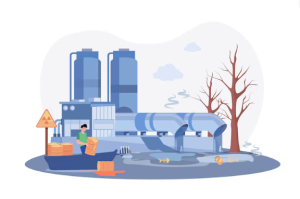
Water waste reduces crop yields and increases production costs. Additionally, overuse of water resources can have negative environmental consequences.

An agricultural company can implement an IoT-based precision irrigation system. This system utilizes soil moisture sensors, weather data, and historical water use information to automatically adjust irrigation schedules and water application rates.
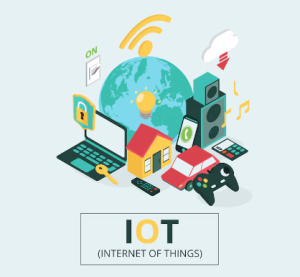
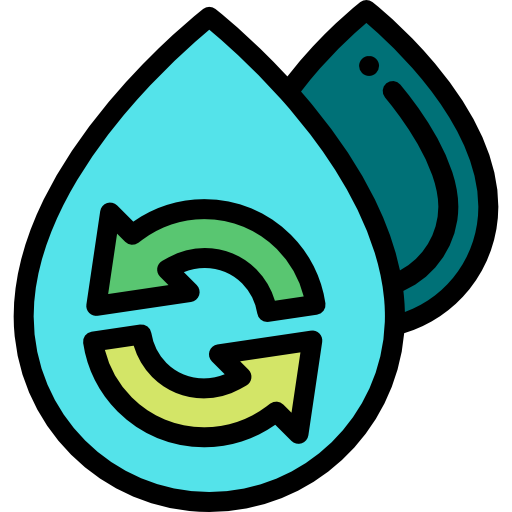
Reduced water consumption, leading to cost savings and improved sustainability practices.
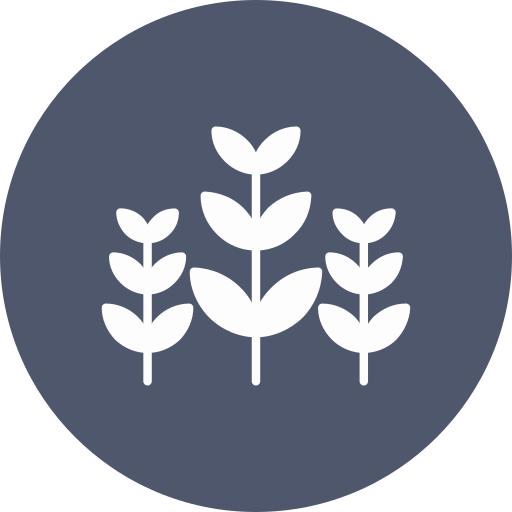
Optimized crop yields by ensuring plants receive the exact amount of water they need to thrive

Improved farm resilience to drought conditions.
Traditional greenhouse management relies heavily on manual monitoring and adjustments, which can be time-consuming and prone to human error. Additionally, maintaining optimal growing conditions can be challenging.
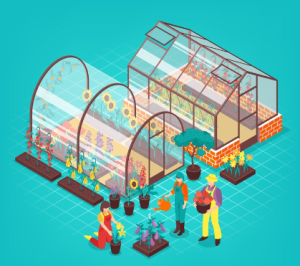
Inefficient greenhouse management can lead to wasted resources, lower crop yields, and difficulty meeting market demands.
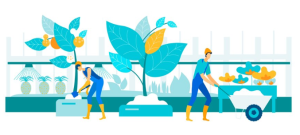
An agricultural company can invest in a smart greenhouse equipped with IoT sensors and automated systems. These sensors monitor factors like temperature, humidity, light intensity, and CO2 levels. Automated systems then adjust ventilation, irrigation, and lighting based on real-time data to optimize growing conditions.

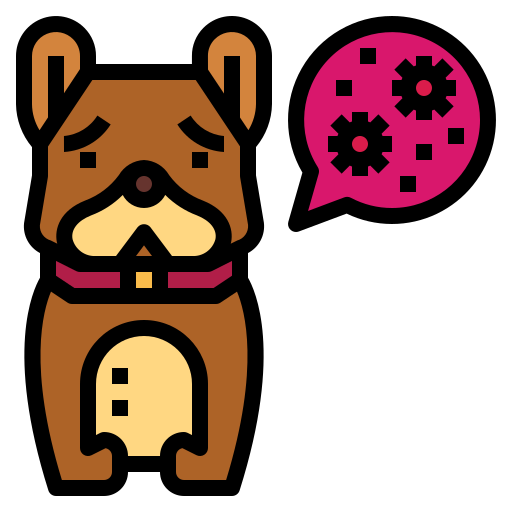
Early detection of animal diseases, allowing for prompt treatment and preventing outbreaks.
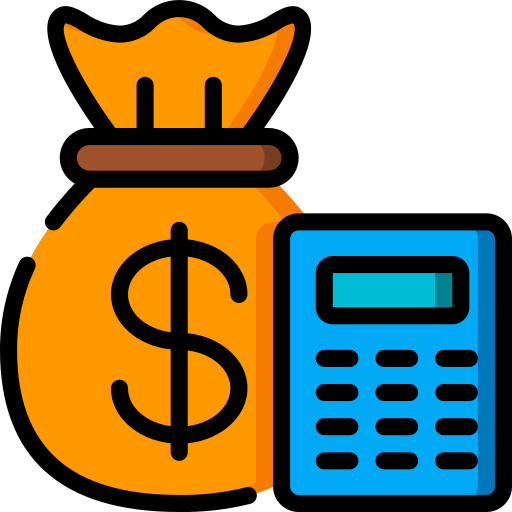
Reduced labor costs associated with manual monitoring and adjustments.

Improved crop quality and consistency by precisely controlling environmental factors.

Ability to remotely monitor and manage greenhouse operations.
Early detection of disease outbreaks in livestock is crucial for preventing animal loss and economic hardship for farmers. Traditional methods often rely on visual observation, which can be time-consuming and miss early signs of illness.

An agricultural company can equip their livestock with wearable sensor collars or tags. These sensors monitor vital signs like body temperature, respiration rate, and activity levels. The collected data is transmitted wirelessly and analyzed by AI algorithms to detect potential health issues.

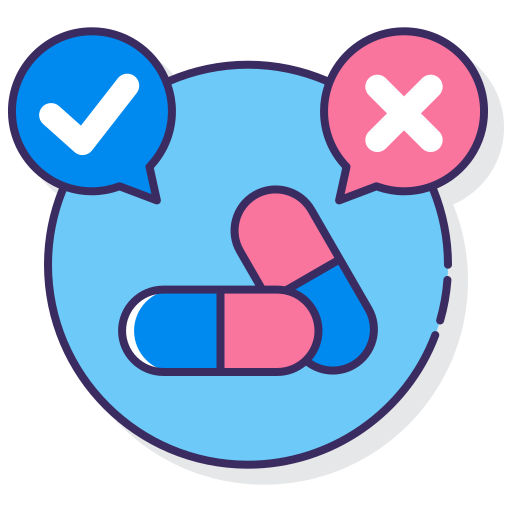
Improved medication adherence rates through personalized reminders and support.

Early detection of animal diseases, allowing for prompt treatment and preventing outbreaks.
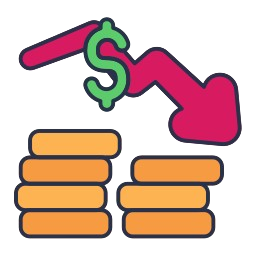
Reduced economic losses for farmers due to animal illness or death.
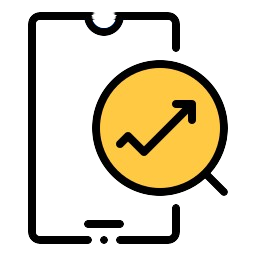
Improved tracking and management of individual animal health within a herd.